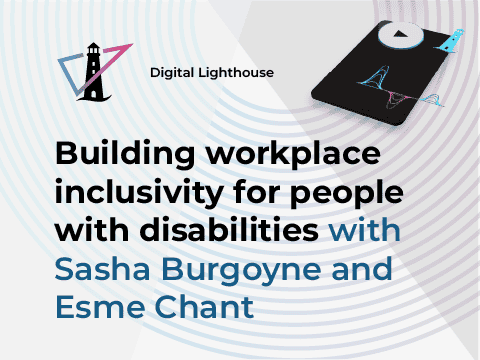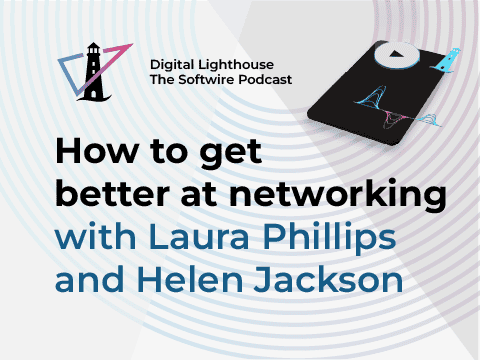
This coming Tuesday 31st March is Transgender Day of Visibility (TDOV). It aims to bring attention to the accomplishments of trans people around the globe and combat transphobia by spreading knowledge of the trans community.
The date also marks the 21st anniversary of the USA release of The Matrix, one of the most influential sci-fi films of the last 50 years. It’s co-writers and directors, the Wachowskis, came out as trans women soon after the film’s release.
To mark Transgender Day of Visibility, we’re delighted that Katherine Langford has provided a blog post for our website.

Hi, I am Kat. I am a professional Software Developer who works on the delivery team at Softwire. I like to solve programming problems with clean, easy to understand code. I am particularly interested in Digital Accessibility and how we can make our software easier to use for people with a wide range of abilities. Outside of work, I draw digital comics as a hobby and I have two beautiful cats, who I love dearly despite their constant and unapologetic bad behaviour.
I am also a transgender woman.
This means that although I am a woman, when I was born, a doctor looked at my physiology and decided that I was male. You may have heard this explained as “a woman in a man’s body”, but many trans people prefer not to use this sort of language: I am a woman, ergo my body is a woman’s body, no matter how it is shaped.
Being trans is a core part of my identity; it colours both the way that I think about myself and the way that I interact with the outside world. But I am more than just a trans woman.
There is no “correct” way to be transgender, and every person’s relationship with their identity is unique. However, you can broadly describe transgender people as:
People whose gender identity is not consistent with what they were assigned at birth.
Some people have a binary gender “opposite” to the one that was assigned at birth, while others might not feel that either ‘man’ or ‘woman’ is correct. Some people have static genders and some people’s identity changes over time.
I am proud to be transgender. Unfortunately, it can be dangerous for trans people to simply exist as their real selves, especially in the UK as of late. An increase in media coverage depicting us in a negative light has corresponded with an increase in transphobic hate crimes of 81%.
Being transgender means always looking over your shoulder to make sure nobody is following you. It means planning your whole day around not needing to use the toilet when out and about, on the off chance that someone attacks you for “using the wrong one”. It means waiting for multiple years to get your first appointment with a NHS specialist, and even longer before you can get approved for medical intervention.
But being trans can also be wonderful and liberating. Every day, I feel more at home in my body, and I wish I could convey to you just how amazing that experience is. I will never take my gender for granted because I had to fight for it. I’ve also met so many wonderful, kind, caring people in the transgender community, and I would not trade them for the world.
I am constantly learning new things about my community as I listen to more diverse voices. While I might never know the full breadth of human expression, I am grateful to Softwire for providing a supportive environment where I can assert my own identity. If I can leave you with any closing thoughts, it would be these:
Keep an open mind, be willing to learn, and respect people’s requests regarding how you treat them.
Some useful terms. Note that these are descriptive, not prescriptive. If someone does not use a certain term to refer to themselves, please respect that decision and do not insist otherwise.
- Trans, Transgender: An adjective to describe someone whose gender does not match that assigned at birth. Note, this should not be used as a noun: “A transgender” is not correct, and “A trans person” should be used instead.
- Cis, Cisgender: The opposite of transgender. A cis person’s gender matches the one that was assigned at birth.
- Trans woman: A woman who was not assigned female at birth.
- Trans man: A man who was not assigned male at birth.
- Non-binary: A person who does not identify as male or female.
- Gender-fluid: A person who does not identify with a single gender, but moves between different genders over the course of hours or months.
- Gender Dysphoria: A medical term describing the physical discomfort that a transgender person may feel when their body and gender identity do not match up. Note that not all trans people experience gender dysphoria.


